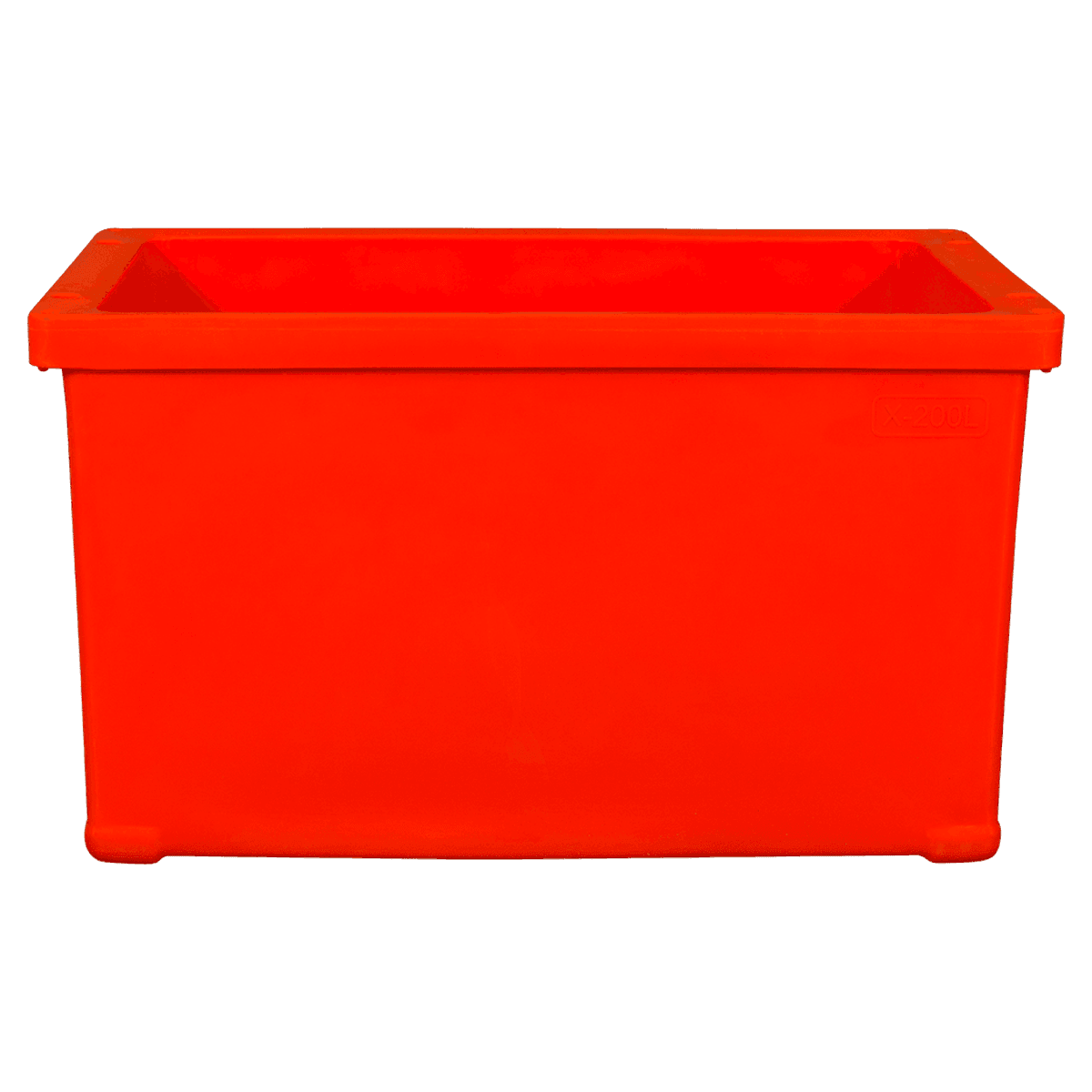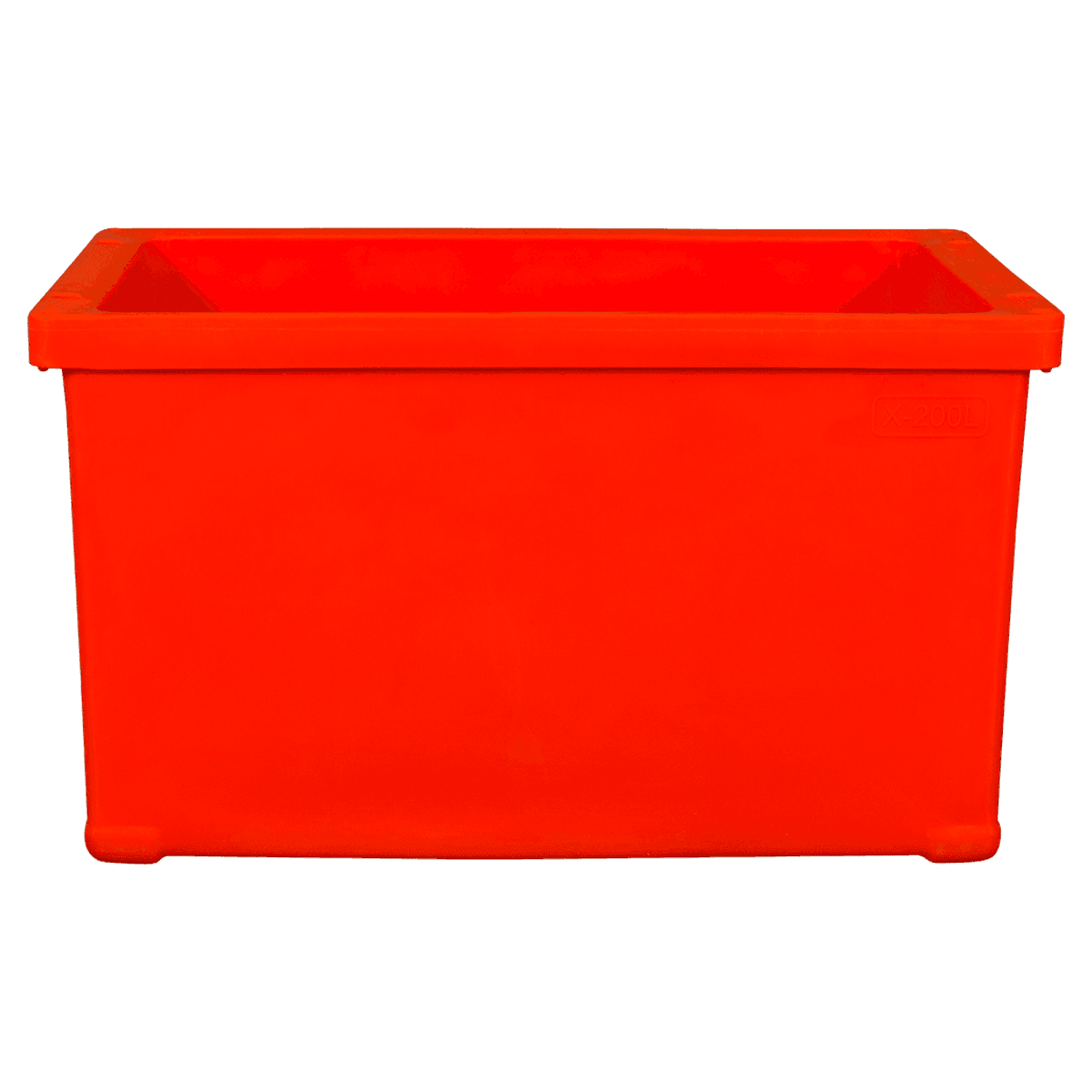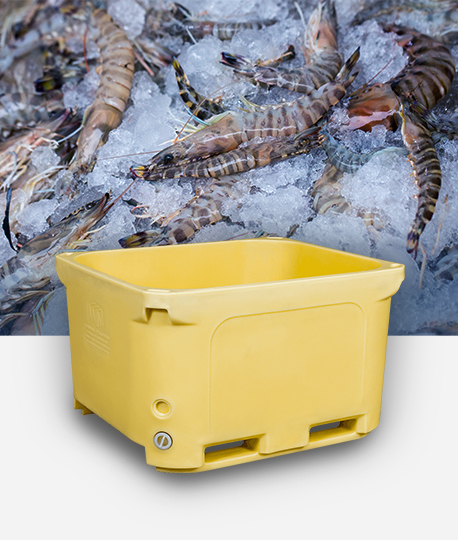1.Material Compliance: Live fish transportation containers are constructed using materials that comply with international regulations and standards for shipping live animals. These containers are typically made of non-toxic and non-harmful materials to ensure the safety and well-being of the fish during transit.
2.Adequate Ventilation: International shipping standards require live fish transportation containers to provide sufficient ventilation to maintain optimal air exchange. Proper ventilation prevents the buildup of harmful gases and ensures a continuous supply of oxygen for the fish during the journey.
3.Water Quality Maintenance: Live fish transportation containers are designed to maintain water quality throughout the shipping process. They are equipped with filtration and water circulation systems that help remove waste and maintain appropriate water parameters, such as temperature, pH, and ammonia levels.
4.Biosecurity Measures: To prevent the spread of diseases and pathogens, live fish transportation containers must meet international biosecurity standards. These containers are designed to be leak-proof and prevent any contamination or cross-contamination between fish species.
5.Insulation and Temperature Control: International shipping standards require live fish transportation containers to be well-insulated to protect the fish from temperature fluctuations during transit. Containers may be equipped with insulation materials and temperature-regulating systems to keep the water temperature stable and within a safe range for the fish.
6.Stress Reduction: Live fish transportation containers are designed with features to minimize stress on the fish during shipping. This includes providing ample space, cushioning, and dim lighting to create a calm and stress-free environment for the fish.
7.Secure and Sturdy Construction: International shipping standards demand that live fish transportation containers are durable and secure to withstand the rigors of long-distance travel. The containers must be able to withstand shocks, vibrations, and handling during loading and unloading.
8.Labeling and Documentation: Containers used for live fish transportation must be clearly labeled with information such as the species of fish, quantity, water volume, and any special handling instructions. Proper documentation, including health certificates and import/export permits, is also essential for complying with international regulations.
9.Customs and Border Compliance: Live fish transportation containers must meet customs and border control requirements of the destination country. This includes adhering to specific importation rules and quarantine procedures.
10.Ethical Considerations: International shipping standards for live fish transportation emphasize ethical considerations, ensuring that the welfare of the fish is prioritized throughout the shipping process. Responsible transport practices and adherence to animal welfare guidelines are integral to meeting these standards.
AF-800L Nanobubble Oxygenation for Recirculating Aquaculture Insulated Plastic Containers
Wanma AF-800L fish ,meat and poultry container’s one piece construction is strong ,long-lasting and easy to handle. It is particularly well suited for handling of poultry and fresh seafood in transportation and in market settings. The Wanma AF-800L insulated plastic container is a double-walled with a PUR core and a high insulation factor. Wanma AF-800L insulated seafood container is easy to maneuver and is accessible for both fork lift and pallet jack.
AF-800L Nanobubble Oxygenation for Recirculating Aquaculture Insulated Plastic Containers
Wanma AF-800L fish ,meat and poultry container’s one piece construction is strong ,long-lasting and easy to handle. It is particularly well suited for handling of poultry and fresh seafood in transportation and in market settings. The Wanma AF-800L insulated plastic container is a double-walled with a PUR core and a high insulation factor. Wanma AF-800L insulated seafood container is easy to maneuver and is accessible for both fork lift and pallet jack.


 English
English Español
Español عربى
عربى 中文简体
中文简体
-4.png)
-4.png)
-2.png)

-2.png)
-2.png)




